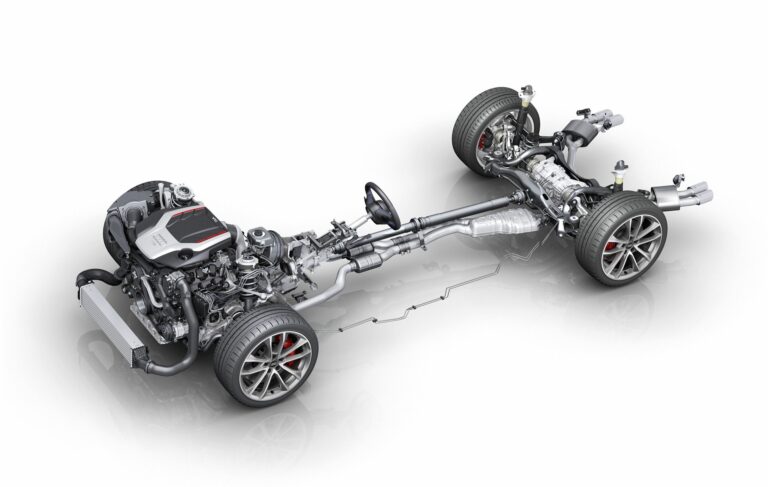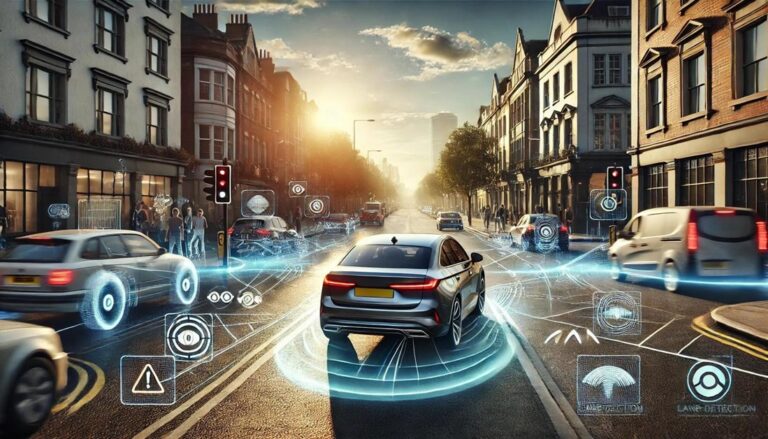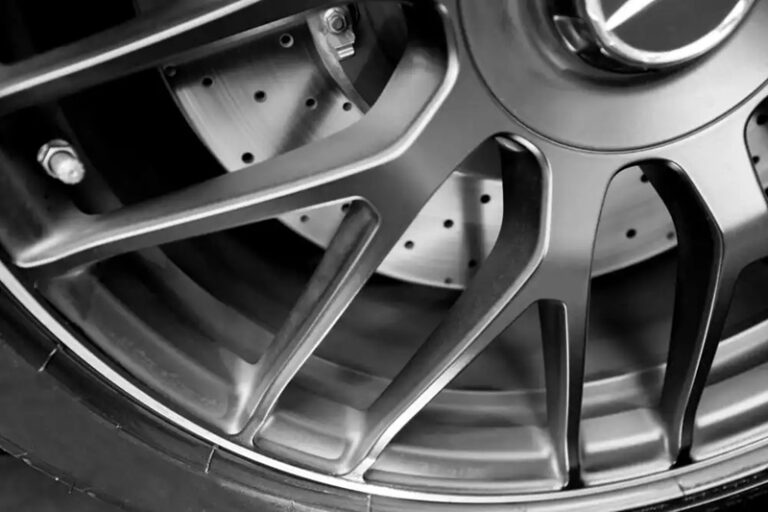
Before the advent of modern headlights, early automobiles relied on rudimentary lighting solutions that were far from efficient or reliable. Candle-powered lamps and oil lanterns were the first attempts at vehicle illumination, offering little more than a flickering glow against the darkness. These primitive lighting systems did little to enhance visibility, making nighttime travel an unpredictable and often hazardous endeavor.
The introduction of gas-powered lamps marked the first significant leap forward. These systems, fueled by acetylene or kerosene, provided a more consistent and brighter light output. However, they required constant maintenance, including refueling and wick adjustments. The transition to electric headlights in the early 1900s revolutionized vehicle illumination, setting the foundation for the advanced lighting technologies we see today.
Halogen Headlights
For decades, halogen bulbs were the gold standard in automotive lighting. Their longevity, affordability, and ease of replacement made them a practical choice for mass adoption. Unlike earlier incandescent bulbs, halogen lights used a tungsten filament enclosed in a halogen gas-filled bulb, which allowed them to burn brighter and last longer.
However, despite their widespread use, halogen headlights had their drawbacks. They generated significant heat, leading to energy inefficiency, and their light output, though adequate, paled in comparison to newer technologies. As drivers sought greater visibility and energy efficiency, the demand for more advanced lighting systems grew.
The Rise of High-Intensity Discharge (HID) Lights
High-Intensity Discharge (HID) headlights emerged as a game-changing innovation, delivering a powerful, bluish-white light that closely mimicked natural daylight. Unlike halogen bulbs, which relied on a filament, HID lamps used an electrical arc to ignite xenon gas, producing a significantly brighter and more energy-efficient beam.
While HID headlights improved visibility and reduced energy consumption, they were not without controversy. Their intense brightness sometimes created glare for oncoming drivers, leading to regulatory restrictions in certain regions. Additionally, their higher cost and complex installation made them less accessible to everyday consumers.
LED Lighting
Light-Emitting Diode (LED) technology marked a paradigm shift in automotive lighting. Unlike halogen and HID bulbs, LEDs operated on a completely different principle, generating light through electroluminescence rather than heat. This translated into superior efficiency, longevity, and compact design flexibility.
LEDs quickly gained popularity not only for their performance but also for their aesthetic appeal. Automakers embraced them for their ability to create distinctive, futuristic lighting signatures. From sleek daytime running lights (DRLs) to intricate taillight designs, LEDs became an integral part of modern vehicle identity.
Adaptive Headlights

As lighting technology evolved, so did its intelligence. Adaptive headlights represented a leap toward safety-focused illumination. These systems dynamically adjusted beam direction and intensity based on steering input, speed, and road conditions.
By following the curvature of the road and minimizing glare for oncoming traffic, adaptive headlights significantly improved nighttime visibility. This technology proved particularly beneficial on winding roads and during inclement weather, reducing blind spots and enhancing driver confidence.
Matrix LED and Laser Headlights
At the cutting edge of vehicle lighting, matrix LED and laser headlights pushed the boundaries of precision and efficiency. Matrix LED systems used an array of individual diodes that could be selectively dimmed or brightened, allowing for adaptive high-beam functionality without blinding other road users.
Laser headlights, on the other hand, took brightness and range to an entirely new level. By stimulating phosphor elements with laser beams, these systems emitted an intensely bright yet controlled light. Though expensive and primarily found in high-end vehicles, laser lighting hinted at the next phase of automotive illumination.
Tail Lights and Brake Lights
While headlights stole the spotlight, advancements in rear lighting played an equally crucial role in road safety. Early brake lights were dim and often hard to see, but the transition to LED-based systems vastly improved visibility and reaction times.
Modern taillights integrated features such as sequential turn signals, dynamic braking indicators, and emergency stop signals. These innovations not only enhanced communication between drivers but also contributed to overall road safety.
Daytime Running Lights (DRLs)
Daytime Running Lights (DRLs) became a mandatory feature in many countries due to their ability to improve vehicle detectability. Unlike headlights, which are primarily used in low-light conditions, DRLs remained illuminated during daylight hours to reduce the likelihood of collisions.
LED technology allowed for stylish and energy-efficient DRLs, giving vehicles a distinct visual identity while simultaneously enhancing safety. Their widespread adoption underscored the growing emphasis on preventive safety measures in automotive design.
Fog Lights
Foggy conditions posed unique challenges for vehicle illumination. Standard headlights often reflected off dense fog, creating a blinding whiteout effect. Fog lights, positioned lower on the vehicle and emitting a wider, shorter beam, mitigated this issue by illuminating the road without excessive glare.
While traditional fog lights relied on yellow halogen bulbs for improved penetration, modern advancements led to the development of LED and even adaptive fog lighting systems. Despite their specialized function, fog lights remained an essential feature for drivers in mist-prone regions.
Interior and Ambient Lighting
Beyond exterior lighting, interior illumination evolved from basic practicality to an immersive experience. Early cabin lights served a utilitarian purpose, but modern vehicles embraced customizable ambient lighting to enhance comfort and aesthetics.
From color-adjustable LED strips to illuminated dashboard elements, ambient lighting allowed drivers to personalize their vehicles in unprecedented ways. Moreover, strategically placed lighting improved nighttime visibility for instrument panels, cup holders, and door handles.
Turn Signals and Hazard Lights
Turn signals and hazard lights might not be the most glamorous components of vehicle lighting, but they played a critical role in communication and accident prevention. The introduction of sequential turn signals added both a functional and stylistic upgrade, making intentions clearer to other road users.
Hazard lights, often overlooked until an emergency arose, provided a crucial warning system for stationary or slow-moving vehicles. In congested traffic or inclement weather, their effectiveness in preventing rear-end collisions was undeniable.
The future of vehicle lighting promised even greater integration of smart technology and AI-driven adaptability. Concepts such as OLED (Organic Light Emitting Diode) lighting, augmented reality projections, and vehicle-to-vehicle communication through illuminated signals hinted at a new era of dynamic and interactive lighting solutions.
As automotive lighting transcended mere functionality, it became an art form—blending safety, efficiency, and innovation in ways that redefined how vehicles interacted with their environment.







